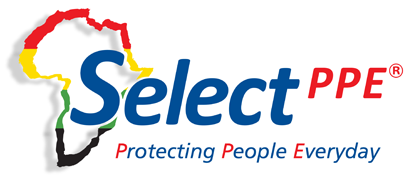
1. HAZARD: Slips and trips
Staff and visitors may be injured if they trip over objects or slip on spillages.
PREVENTION: Injuries
To prevent the majority of slips and trips in the office:
- General good housekeeping is carried out.
- All areas are well lit.
- Trailing leads or cables are moved or protected.
- Staff keep work areas clear, eg no boxes left in walkways, deliveries stored immediately.
- Staff mop up or report spillages.
2. HAZARD: Manual handling
Staff risk injuries or back pain from handling heavy/bulky objects, eg deliveries of paper.
PREVENTION: Injuries
- Trolley used to move heavy items where appropriate.
- Heavy items are stored/accessible at the appropriate height.
- Staff are aware/trained on how to split heavy loads and make them easier to handle.
- Staff are aware of ways to move objects that are too heavy to lift by hand.
3. HAZARD: Ergonomics
Staff risk posture problems and pain, discomfort or injuries, eg to their hands/arms, from overuse or improper
use or from poorly designed workstations or work environments. Headaches or sore eyes can also occur, eg if
the lighting is poor.
PREVENTION: Posture problems, pain, discomfort and injuries
- Assess workstations, reduce risks and provide information and training.
- Work planned to include change of activity or regular breaks.
- Ensure any workstation / work environment related concerns expressed by staff are followed up.
4. HAZARD: Fire
If trapped, staff could suffer fatal injuries from smoke inhalation/burns.
PREVENTION: Fatal injuries
- Fire risk assessment must be completed and adequate fire safety measures must be in place.
- An emergency preparedness and response plan must be implemented and tested.
- Fire alarm tested regularly.
- Fire drills carried out at least once a year.
- Regular checks made to ensure escape routes and fire exit doors are not obstructed.
5. HAZARD: Work equipment
Staff could get electrical shocks or burns from using faulty electrical equipment. Staff may also suffer injury from moving parts of equipment or unbalanced equipment.
PREVENTION: Electrical shock
- All new equipment checked before first use to ensure that placement does not cause additional hazards.
- Staff trained in use of equipment where necessary.
- Staff encouraged to spot and report any defective plugs, discoloured sockets or damaged cable/equipment.
- Defective equipment taken out of use safely and promptly replaced.
 South Africa
South Africa
 Botswana
Botswana
 Burkina Faso
Burkina Faso

 Pallet
Pallet 
There are no comments for this article